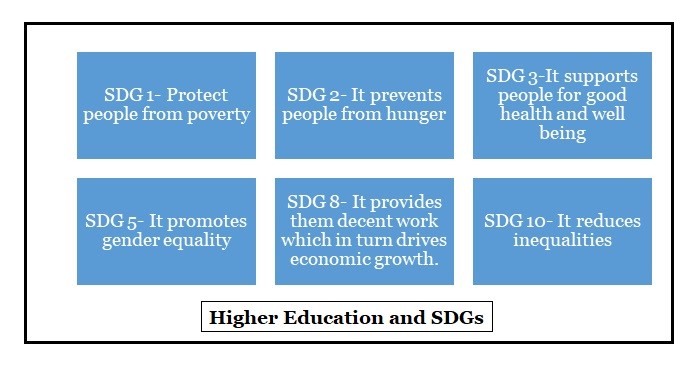7667766266
enquiry@shankarias.in
Educational institutions have to rethink their approach so that it is in tune with the National Education Policy which will be crucial in realising the 2030 deadline for SDGs.
|
United Nations SDGs |
To know about SDG summit 2023 click here |
SDG 4 pertains to access to quality education

References